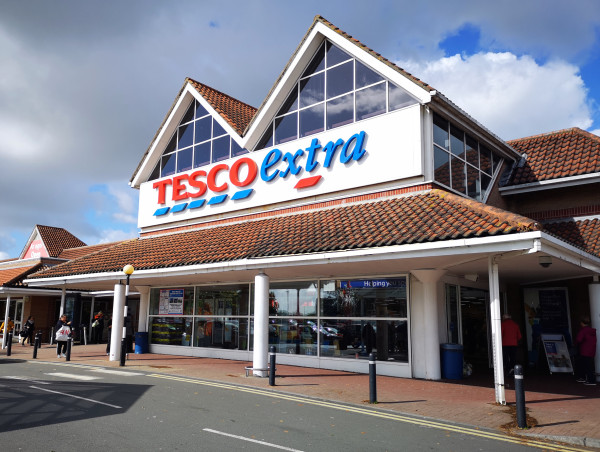UK retail sales dropped at a slower pace in May as the cost of living crisis continued. According to the Office of National Statistics, retail sales rose by 0.3% in May after growing by 0.5% in the previous month. This growth translated to a year-on-year decline of 2.1%. Economists polled by Reuters were expecting the country’s sales to drop by 2.6%.
Core sales, which exlude the volatile food and energy prices, rose by 0.1% in May, better than the expected drop of 0.3%. They dropped by 1.7% from the same period in 2022. These numbers show that the country’s retail sector is struggling to recover. The ONS said:
“When asked about their shopping habits in the past two weeks, 44% of adults reported that they were buying less food when food shopping. This proportion appears to be increasing, having been 41% in the previous period.”
The ONS blamed the decline to food stores, where the volume dropped by 1.6% in May. At the same time, the proportion of retail sales online dropped to 26.6% in May from 27.1% in April. They are still higher than where they were before the pandemic.
UK retail sales numbers came two days after the country published strong consumer inflation data. The data revealed that the headline consumer inflation rose to 8.7% in May while core inflation jumped to 6.7% during the month.
As a result, the Bank of England is struggling to contain the soaring inflation. On Thursday, the bank decided to hike interest rates by 0.50%, higher than the median estimate of 0.25%. It pushed rates to the highest level in years as I wrote here.
Still, there are concerns about whether high-interest rates in the UK will suppress inflation. Some analysts believe that more work from fiscal policy needs to be done to lower inflation.
The post UK retail sales dips again as the cost of living crisis escalates appeared first on Invezz.






